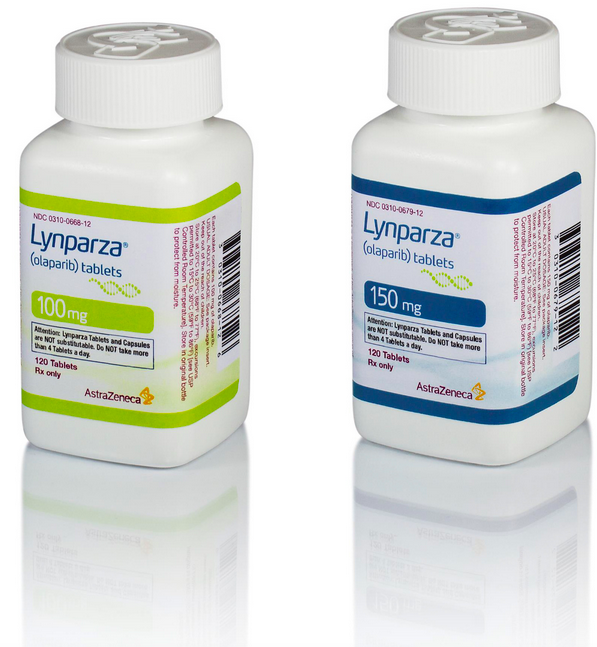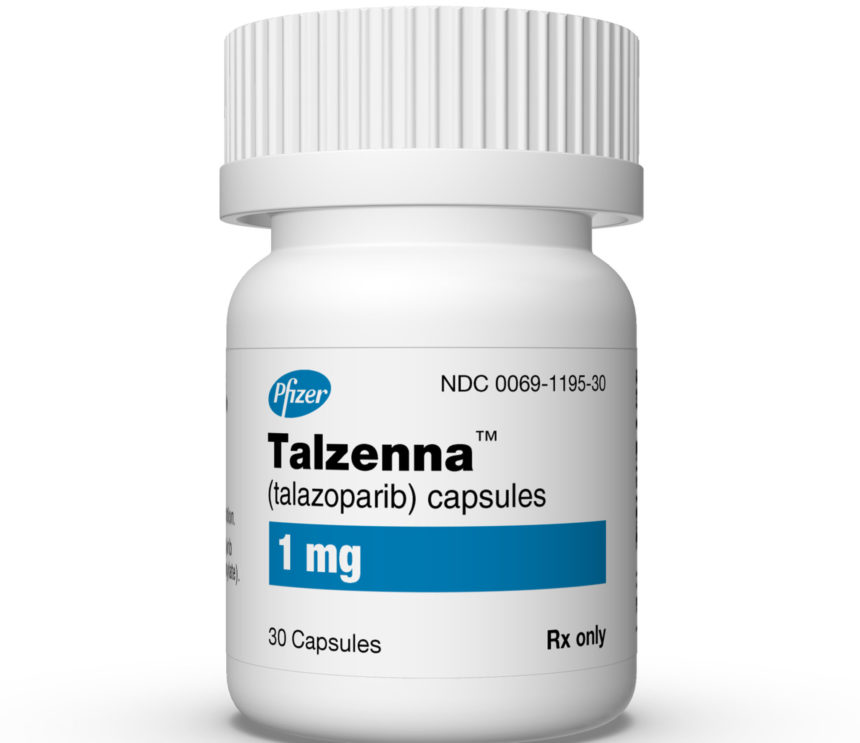Lynparza (olaparib) vs Talzenna (talazoparib)
Lynparza (olaparib) vs Talzenna (talazoparib)
Lynparza (olaparib) and Talzenna (talazoparib) are both PARP inhibitors used in the treatment of certain types of cancer, including BRCA-mutated breast and ovarian cancers. Lynparza is often used for a broader range of indications, including maintenance therapy for ovarian cancer and as a treatment for pancreatic and prostate cancers that exhibit specific genetic mutations. Talzenna, while more potent on a per-milligram basis, is primarily indicated for patients with deleterious or suspected deleterious germline BRCA-mutated, HER2-negative locally advanced or metastatic breast cancer. When deciding between the two, it is crucial to consult with a healthcare professional who can consider the specific cancer type, genetic background, and overall health to determine the most appropriate treatment option.
Difference between Lynparza and Talzenna
| Metric | Lynparza (olaparib) | Talzenna (talazoparib) |
|---|---|---|
| Generic name | Olaparib | Talazoparib |
| Indications | BRCA-mutated ovarian cancer, metastatic breast cancer, pancreatic cancer, prostate cancer | Germline BRCA-mutated, HER2-negative locally advanced or metastatic breast cancer |
| Mechanism of action | Poly (ADP-ribose) polymerase (PARP) inhibitor | Poly (ADP-ribose) polymerase (PARP) inhibitor |
| Brand names | Lynparza | Talzenna |
| Administrative route | Oral | Oral |
| Side effects | Anemia, nausea, fatigue, vomiting, respiratory infections, blood count abnormalities | Fatigue, anemia, nausea, neutropenia, headache, thrombocytopenia, vomiting, alopecia |
| Contraindications | Hypersensitivity to olaparib, breastfeeding | Hypersensitivity to talazoparib, breastfeeding |
| Drug class | PARP inhibitor | PARP inhibitor |
| Manufacturer | AstraZeneca and Merck & Co. (MSD) | Pfizer Inc. |
Efficacy
Lynparza (Olaparib) Efficacy in Breast Cancer
Lynparza, also known by its generic name olaparib, is a PARP inhibitor used in the treatment of certain types of breast cancer. Specifically, it has shown efficacy in patients with germline BRCA-mutated, HER2-negative metastatic breast cancer who have previously received chemotherapy. Clinical trials have demonstrated that olaparib significantly prolongs progression-free survival compared to standard chemotherapy. Patients with this genetic mutation, which is associated with a higher risk of developing breast and ovarian cancers, have responded to Lynparza with a reduction in tumor size and delayed disease progression.
Talzenna (Talazoparib) Efficacy in Breast Cancer
Talzenna, or talazoparib, is another PARP inhibitor that has been approved for the treatment of adults with deleterious or suspected deleterious germline BRCA-mutated, HER2-negative locally advanced or metastatic breast cancer. Talazoparib has been shown to be effective in patients who have received prior chemotherapy in the neoadjuvant, adjuvant, or metastatic setting. In clinical studies, talazoparib improved progression-free survival compared to chemotherapy. Patients treated with Talzenna have also experienced a clinically meaningful improvement in quality of life, with less impact on day-to-day activities compared to those receiving chemotherapy.
Comparative Efficacy in Clinical Settings
When comparing Lynparza and Talzenna, both drugs have shown significant efficacy in the management of BRCA-mutated breast cancer. However, the specific outcomes and side effect profiles may vary between patients. The choice between these medications often depends on individual patient factors, previous treatments, and the extent of the disease. Both Lynparza and Talzenna represent a shift towards targeted therapy in breast cancer, offering options that are more personalized based on genetic makeup.
Conclusion
In conclusion, Lynparza and Talzenna have both emerged as important options in the treatment of BRCA-mutated breast cancer, demonstrating efficacy in improving progression-free survival and offering a better quality of life compared to traditional chemotherapy. As research continues, these medications may be further integrated into treatment protocols, potentially in combination with other therapies or in earlier stages of the disease. It is essential for patients to undergo genetic testing to determine their eligibility for treatment with PARP inhibitors and to consult with their healthcare provider to understand the best course of action for their specific condition.
Regulatory Agency Approvals
Lynparza
-
European Medical Agency (EMA), European Union

-
Food and Drug Administration (FDA), USA

-
Health Canada

-
Therapeutic Goods Administration (TGA), Australia

-
Medsafe (NZ)

Talzenna
-
European Medical Agency (EMA), European Union

-
Food and Drug Administration (FDA), USA

-
Therapeutic Goods Administration (TGA), Australia

Access Lynparza or Talzenna today
If Lynparza or Talzenna are not approved or available in your country (e.g. due to supply issues), you can access them via Everyone.org.
How it works

Make an enquiry
Choose the medicine you want to buy, answer a couple of questions, and upload your prescription to speed things up. We’ll get back to you within 24 hours.


Make an enquiry
Choose the medicine you want to buy, answer a couple of questions, and upload your prescription to speed things up. We’ll get back to you within 24 hours.


Breeze through the paperwork
We'll guide you through the required documents for importing unapproved medicine, ensuring you have all the necessary information.


Get a personalized quote
We’ll prepare a quote for you, including medicine costs and any shipping, administrative, or import fees that may apply.


Receive your medicine
Accept the quote and we’ll handle the rest - sourcing and safely delivering your medicine.

Some text on this page has been automatically generated. Speak to your physician before you start a new treatment or medication.
Let's talk
If you have any questions, call us or send us a message through WhatsApp or email:
Contact us




